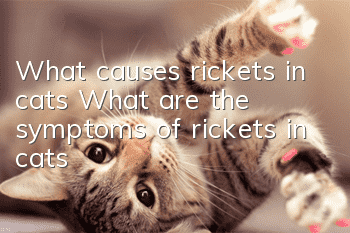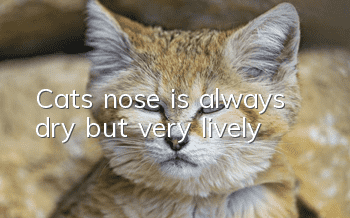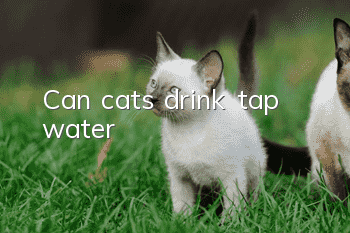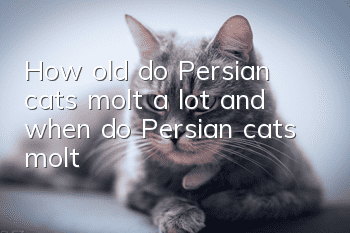What causes rickets in cats? What are the symptoms of rickets in cats?

The main cause of rickets in cats is an imbalance in the ratio of calcium to phosphorus. Cats' lack of vitamin D and lack of light can also directly or indirectly affect calcium and phosphorus metabolism. The main symptom of feline rickets is lameness. It is recommended that owners take their cats to the hospital for X-ray examination and early treatment.
Causes of feline rickets
Insufficient calcium and phosphorus in the cat food that cats usually eat or imbalance of calcium and phosphorus ratio are important causes of rickets in cats. Insufficient daily vitamin D intake in cats, insufficient long-term sunlight exposure, chronic digestive tract diseases and parasitic diseases, chronic vitamin A poisoning, etc., can directly or indirectly affect calcium and phosphorus metabolism and cause rickets.
Feline rickets symptoms
The main symptom of feline rickets is lameness, which will gradually worsen and become persistent. If left untreated, persistent claudication can lead to degenerative joint disease.
Treatment of feline rickets
It is recommended that the owner take the cat to the hospital for examination. If no calcified cartilage flap is found, conservative management can be used. If the cartilage flap is found or has fallen off, surgical treatment should be performed as soon as possible to remove it and remove the necrotic humeral head cartilage defect tissue. To choose cat food suitable for cats, the amount and proportion of calcium and phosphorus in the cat food must be reasonable. Don’t feed boneless fish alone, and let your cat spend more time outdoors in the sun.
- What kind of cat is an orange cat? How much does one cost?
- How should I educate my cat when he poops on the bed?
- What is the personality of the Chinese civet cat?
- What does the Cheshire Cat's smile mean?
- Pregnancy care tips for British longhair cats
- What does it mean when a cat lies belly up?
- Does a Ragdoll cat's personality change when it's in heat?
- Why do cats get calicivirus and the best treatment plan for feline calicivirus!
- What are the symptoms of a kitten having a bad heart?
- My cat's nose is wet, could it be a "cold"?



